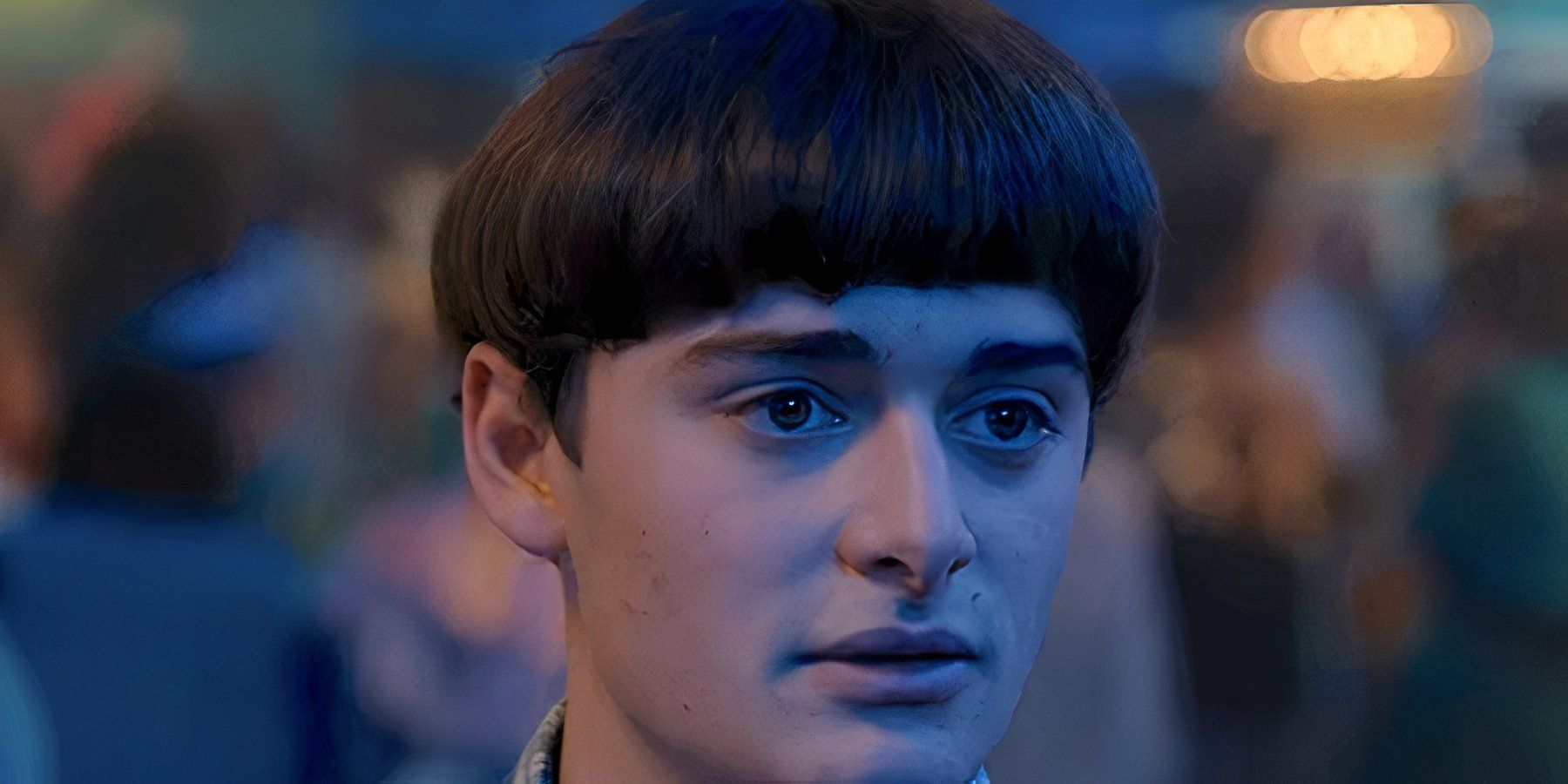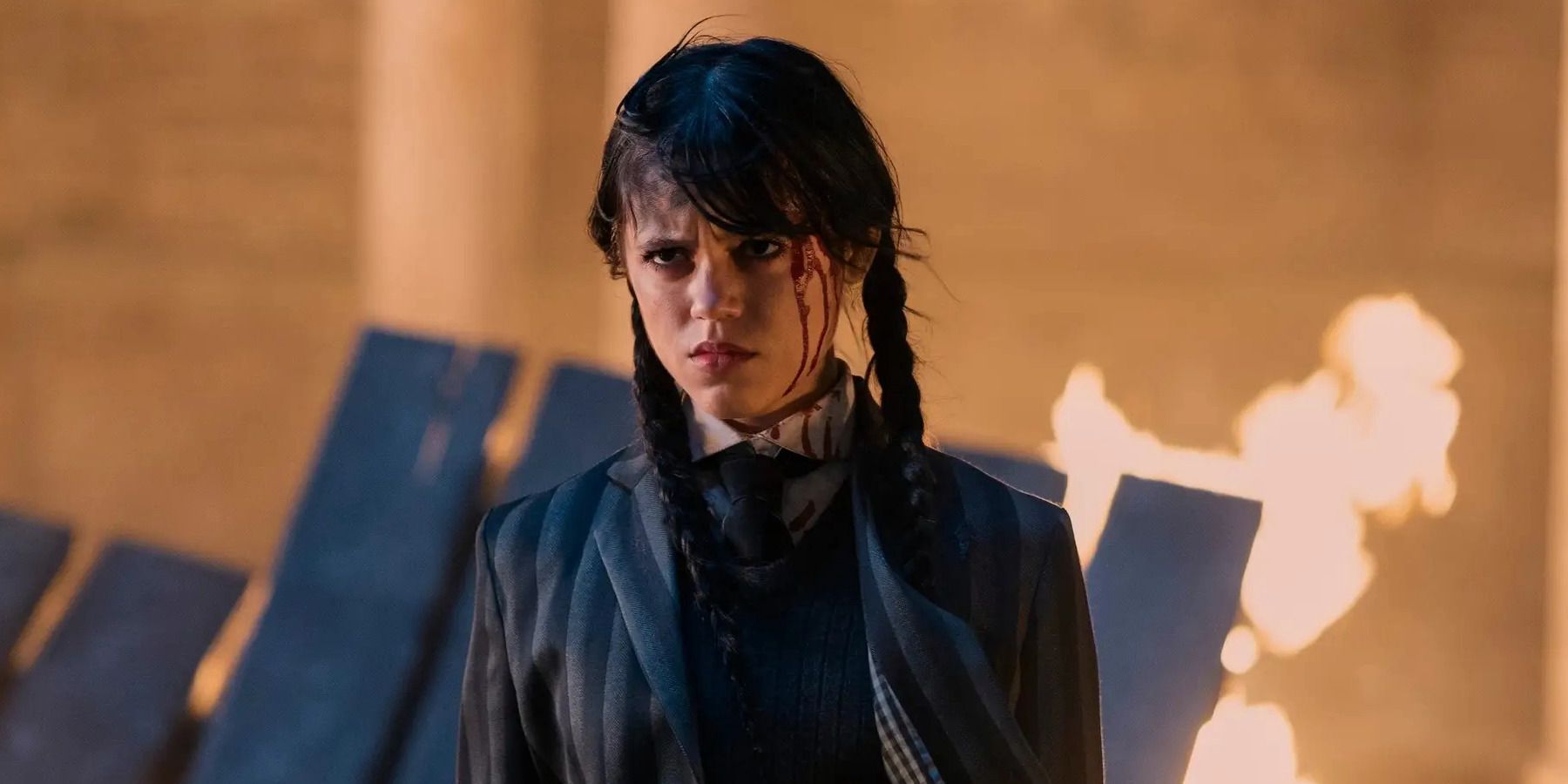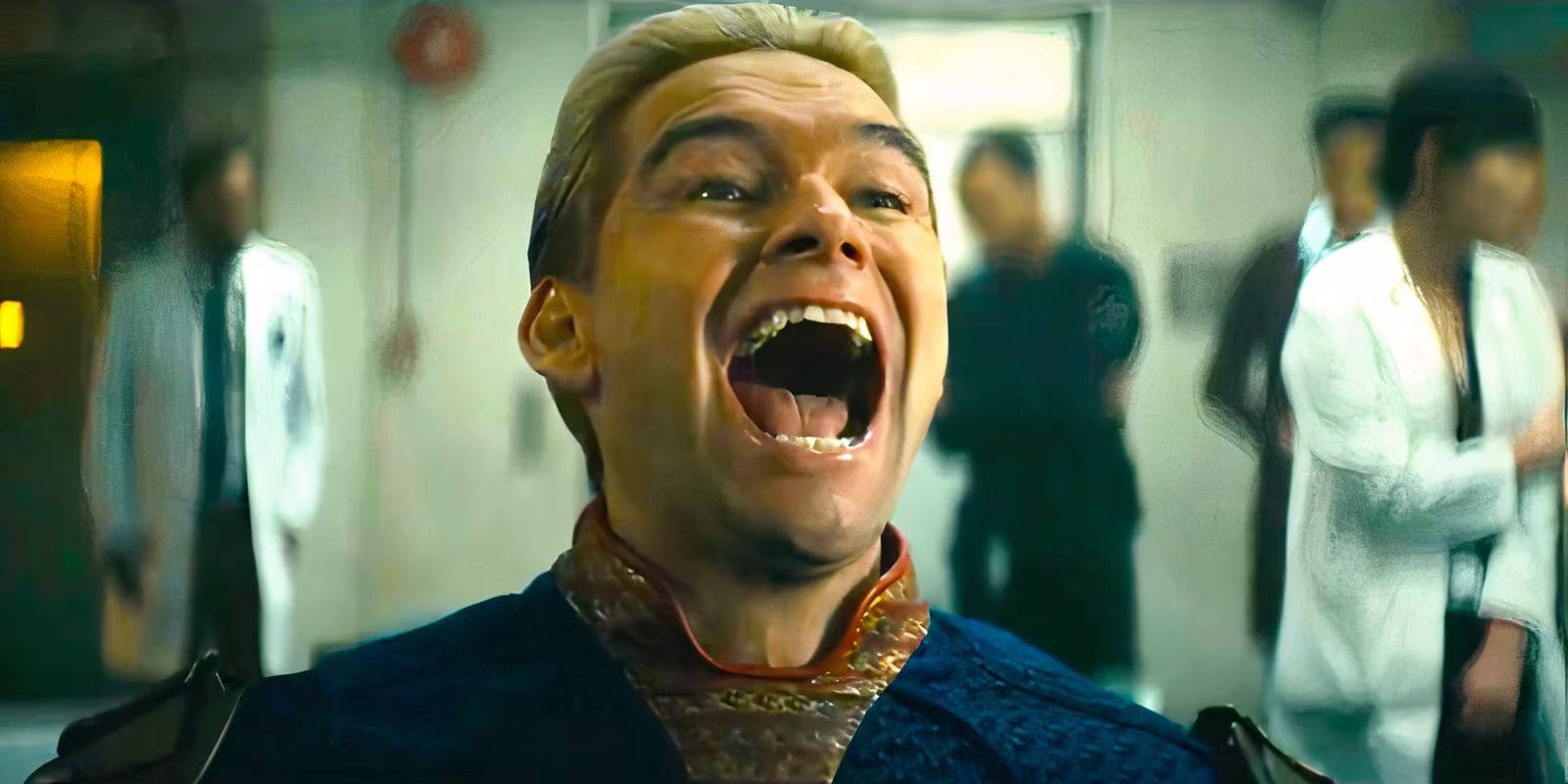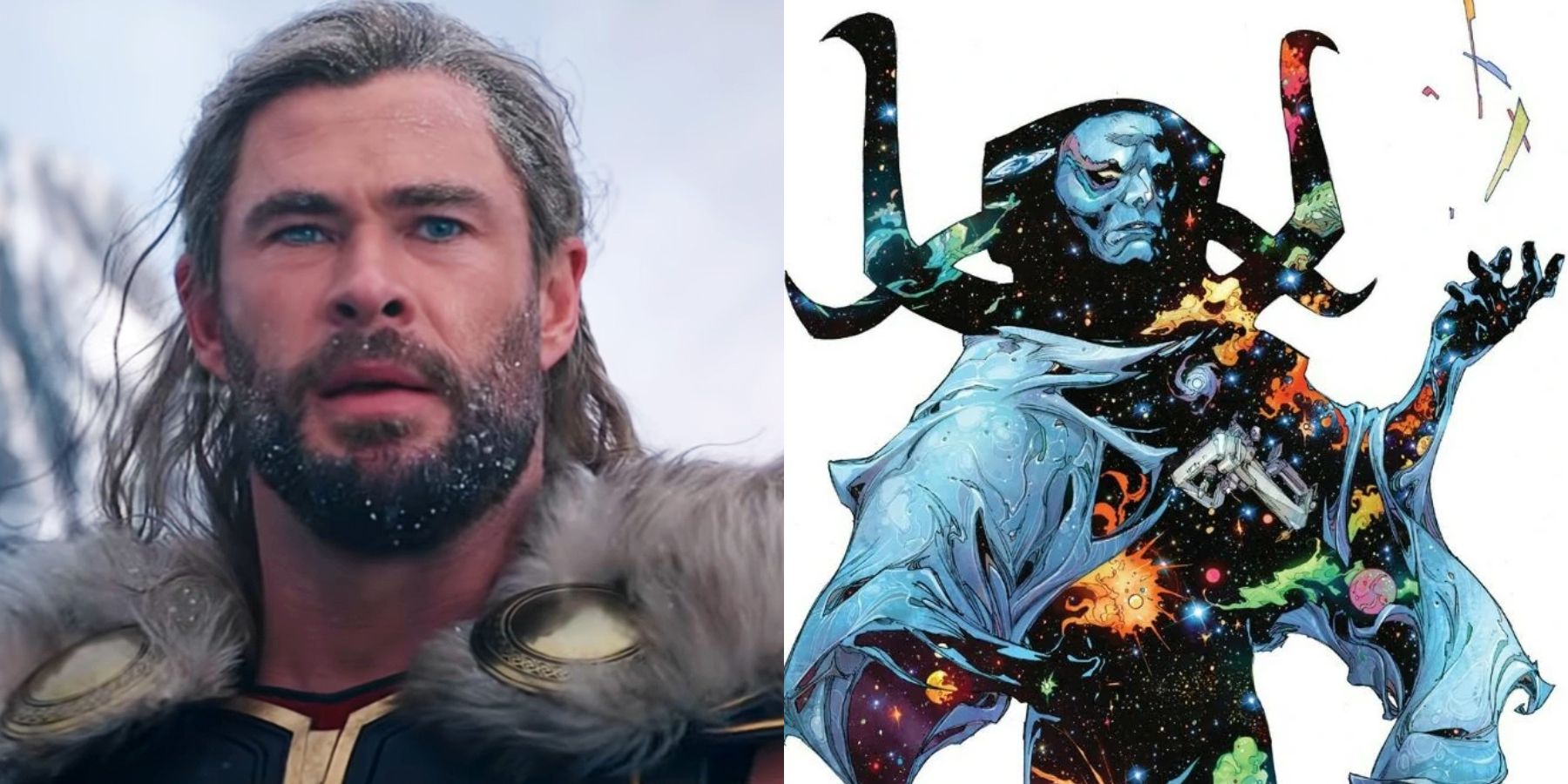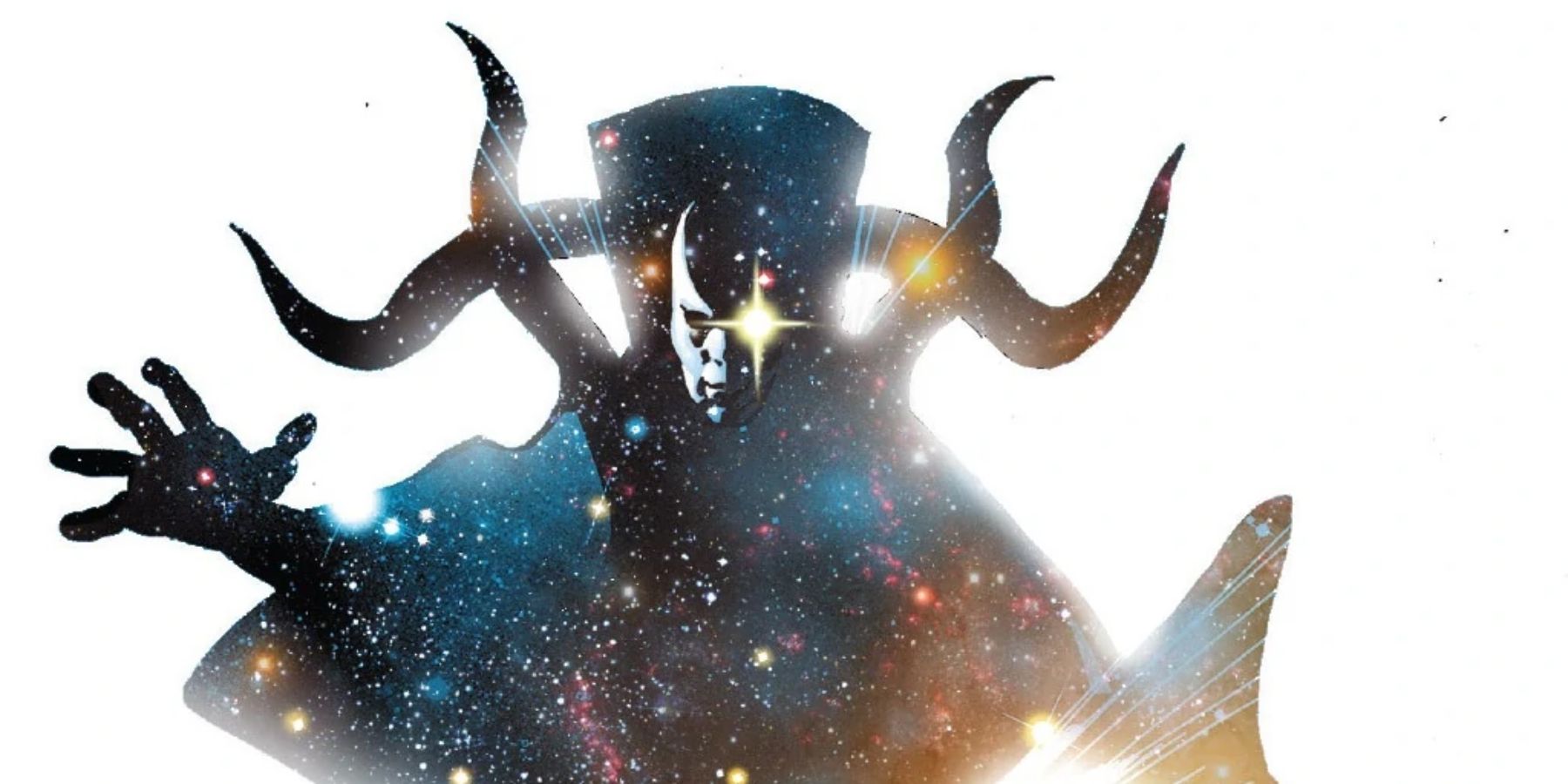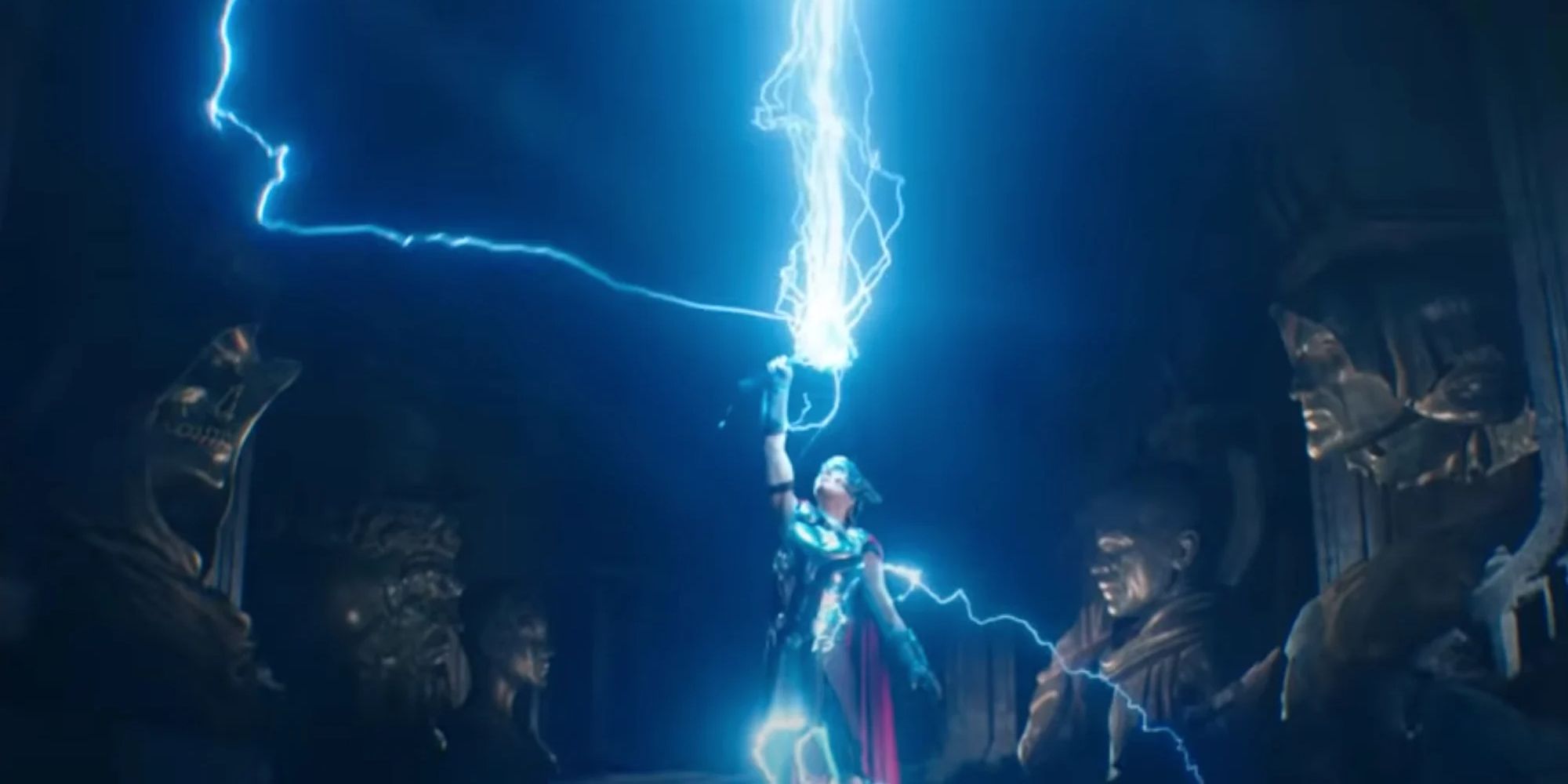This article features spoilers for Thor: Love and Thunder.Phase 4 of the Marvel Cinematic Universe has delved deeper than ever before into the cosmic side of the setting. While plenty of past movies like Guardians of the Galaxy, Thor: Ragnarok, and Captain Marvel have explored alien worlds, more recent entries have gone even deeper than that, putting the spotlight on some of Marvel’s most powerful otherworldly entities.
The Celestials, while first introduced in the Guardians of the Galaxy films, play a crucial role in the story of Eternals. Meanwhile, What If…? focuses on Uatu the Watcher, one of the most important beings in the entire multiverse. And most recently, Thor: Love and Thunder serves as the big-screen debut of a key figure in the cosmology of the Marvel Universe — though he’s very different from the version comic fans know.
Eternity in the Comics
Created by Stan Lee and Steve Ditko, the character of Eternity first appeared in Strange Tales #138, originally published in August 1965. In that issue’s Doctor Strange story, fittingly titled “If Eternity Should Fail!”, Eternity is introduced as a mysterious and powerful entity residing in another dimension. Doctor Strange is sent to Eternity by the Ancient One, and asks him for greater power to help defeat Dormammu and Baron Mordo.
Though the exact nature of Eternity is not explained in his debut appearance, later stories would establish that he is the living embodiment of Earth-616 itself — the metaphysical personification of the universe and all life within it. As such, he wields unfathomable cosmic power, matched only by a small handful of entities across the Marvel multiverse. But because Eternity’s involvement could instantly resolve the conflict of nearly any story, he only lends his aid to the heroes when all life in the universe (and by extent, himself) is in immediate danger, usually from a major villain like Dormammu, Thanos, or Doctor Doom.
Because of his immense cosmic importance and metaphysical nature, Eternity doesn’t typically get a lot of focus in the comics. After all, he’s not the kind of character who’d bump into Spider-Man or Captain America on an average day. However, he was heavily featured in Al Ewing’s 2015-2017 Ultimates series, which fleshed out much of the Marvel comic multiverse’s cosmology. Ewing reveals that all parallel Earths have their own variants of Eternity, which are all merely fragments of a single, true Eternity who encompasses the entire multiverse.
Additionally, Eternity is protected by a guardian known as Captain Universe, who isn’t a hero in the traditional sense so much as a mantle that passes from host to host, granting them incredible cosmic power in order to defeat whatever danger is threatening existence. Spider-Man even briefly became Captain Universe in one 1980s storyline. Meanwhile, another Captain Universe was prominently featured in Jonathan Hickman’s Avengers — the same run that introduced the concept of Incursions, and later culminated in the 2015 Secret Wars miniseries. While Captain Universe was initially unrelated to Eternity, the two stellar beings were retroactively connected in the 2015 Deadpool vs. Thanos miniseries.
Eternity in the MCU
Before his eventual appearance in Love and Thunder, Eternity’s existence was foreshadowed in both Guardians of the Galaxy films. A mural in the Power Stone temple on Morag features the image of Eternity, though you’d likely never have known it unless you bought the film’s art book. A clearer reference appears in the sequel — when Ego unlocks Star-Lord’s Celestial power, a field of swirling stars appears in his eyes as he says “I see it… Eternity.” While Eternity the entity is never directly mentioned, the stellar imagery combined with Quill’s wording makes it likely that the allusion was intentional.
But in Thor: Love and Thunder, Eternity finally makes his triumphant MCU debut. Though his name is dropped a few times early on, Eternity doesn’t properly enter the story until the third act, when it’s revealed that Gorr the God-Butcher plans to reach the unnamed planet at the center of the universe, where he can use Stormbreaker to open the Gates of Eternity. Then, he can receive a single wish from Eternity, which he intends to use to eradicate all gods from existence.
Needless to say, Eternity’s big-screen reimagining as a wish-granting being who resides at the center of the universe is a far cry from being the living embodiment of all reality. If anything, it’s reminiscent of the M’Kraan Crystal from the X-Men’s famous Phoenix Saga. But when Eternity finally does appear on-screen in all his comic-accurate glory, it’s a true visual spectacle. And while he dwells in an endless expanse of sea and sky instead of a trippy Ditko-esque dreamscape, Eternity’s dimension is still a sight to behold.
While the version of Eternity depicted in Love and Thunder is utilized very differently than his comic counterpart, he’s another perfect example of how the MCU often reinterprets familiar characters to better suit the plot and themes of a given film. And who knows, perhaps future MCU entries will further explore Eternity, establishing more of his lore from the comics. But regardless, it was certainly a treat to see this cool cosmic character on the big screen.

